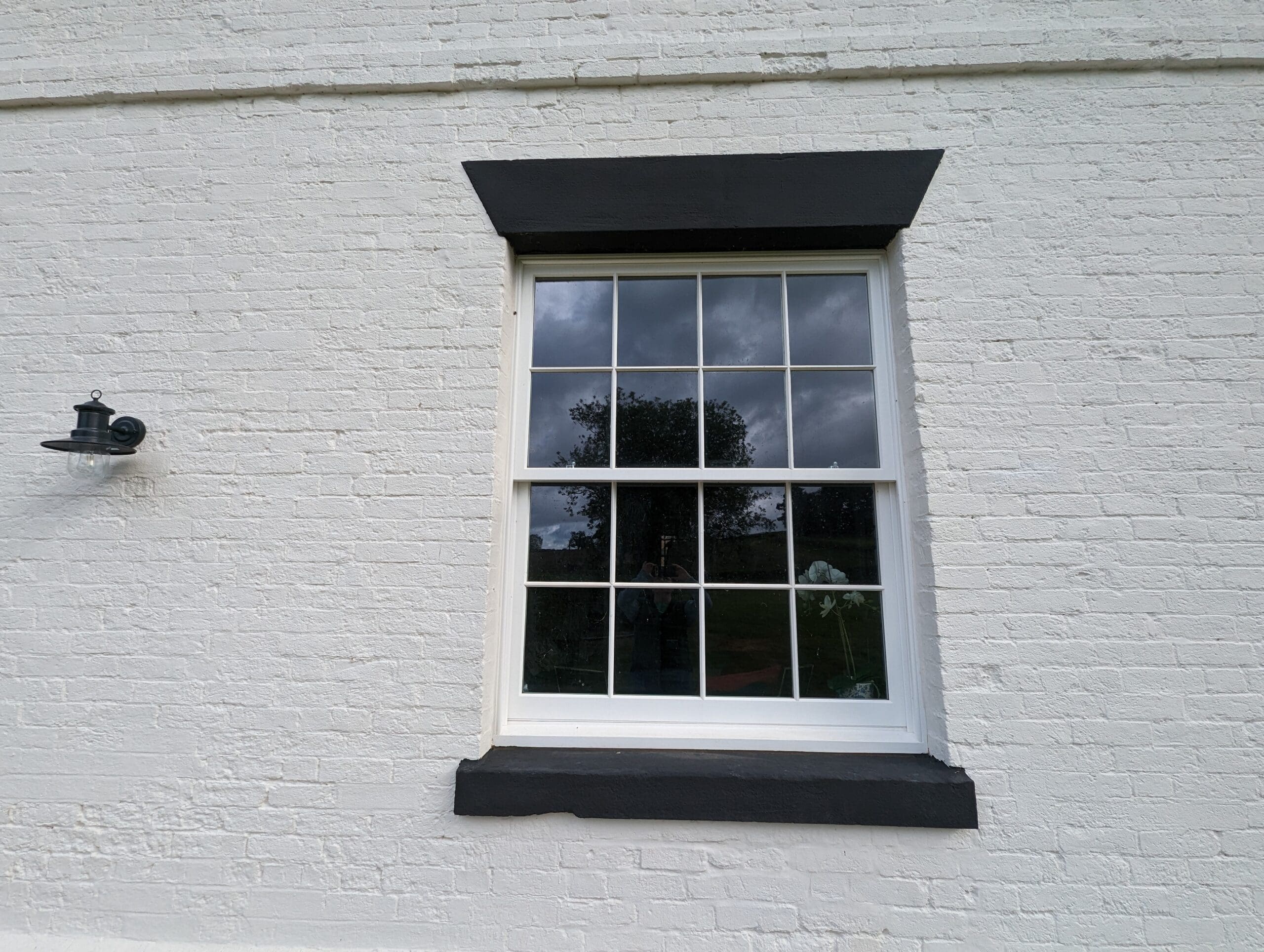
Histoglass or LandVac? Which Is Better for a Heritage Window Project?
Choosing the right glazing for heritage buildings is essential to preserving their historic charm while improving energy efficiency. Both LandVac […]
Choosing the right glazing for heritage buildings is essential to preserving their historic charm while improving energy efficiency. Both LandVac vacuum insulated glazing and Histoglass are strong contenders, but LandVac offers several advantages for heritage projects. Let’s explore why.
What Are the Thermal Performance Differences Between LandVac and Histoglass?
How Does LandVac Perform in Terms of Thermal Efficiency?
LandVac offers exceptional insulation, with a U-value of just 0.4 W/m²K. The U-value measures how well a material prevents heat from passing through it. A lower U-value means better insulation, so LandVac’s performance helps maintain a comfortable temperature inside heritage buildings and cuts down on energy use.
This superior thermal efficiency means LandVac reduces heating and cooling costs, contributing significantly to the overall energy efficiency of the building.
Is Histoglass Less Effective at Insulating Heritage Windows?
Histoglass also provides better thermal insulation than single glazing, but its U-value is generally higher than LandVac’s. This means it doesn’t insulate as well, leading to less effective temperature control and energy savings.
Which Option Preserves the Historic Aesthetic Better?
Does LandVac Affect the Appearance of Heritage Windows?
LandVac has a slim profile thanks to its vacuum insulation technology. This allows it to fit seamlessly into existing window frames without changing the original appearance of the windows. Its optical clarity, which refers to how much light passes through the glass (up to 83% for LandVac), ensures that the windows look almost identical to the originals, preserving the historic feel.
Can Histoglass Change the Appearance of Heritage Windows?
Histoglass is designed to resemble historic glass, but because it often uses double or triple glazing, it can be thicker than LandVac. This added thickness can change the look of the windows and might require frame modifications, which could alter the building’s aesthetic.
Which Glazing Provides Better Acoustic Performance?
Does LandVac Offer Superior Noise Reduction?
LandVac excels in sound insulation, with a sound reduction index of up to 40dB. This makes it a great choice for heritage buildings in busy urban areas or near roads, where noise reduction is crucial.
How Does Histoglass Compare for Sound Insulation?
Histoglass also improves noise reduction compared to single glazing, but it doesn’t match the acoustic performance of LandVac. For projects where soundproofing is important, LandVac is likely to be the better choice.
How Do LandVac and Histoglass Compare in Durability?
Is LandVac More Durable?
LandVac’s vacuum technology prevents internal condensation and reduces thermal stress, contributing to its long lifespan. Because it requires minimal maintenance, it’s ideal for heritage buildings where frequent upkeep can be disruptive.
Does Histoglass Require More Maintenance?
Histoglass is durable but may still experience condensation between the panes over time, requiring regular maintenance. This could be a challenge in historic buildings where maintaining original materials and features is a priority.
What Are the Environmental Impacts of LandVac and Histoglass?
Is LandVac More Sustainable Over Time?
LandVac is manufactured in China, so transporting it to the UK via sea has a higher initial carbon footprint. However, over its lifetime, LandVac’s high energy efficiency leads to significant reductions in greenhouse gas emissions. This makes it a more sustainable option in the long run.
Is Histoglass More Environmentally Friendly?
Histoglass is sourced more locally, so it has a lower transportation carbon footprint. However, its energy-saving capabilities may not match LandVac’s, which means it may not offer the same long-term environmental benefits.
Conclusion: Which Is the Better Choice for a Heritage Window Project?
While both LandVac and Histoglass offer valuable benefits for heritage projects, LandVac stands out with its superior thermal and acoustic performance, slim profile, and minimal maintenance requirements. It provides excellent energy efficiency and sustainability, making it a better fit for preserving the integrity and comfort of historic buildings while meeting modern standards.